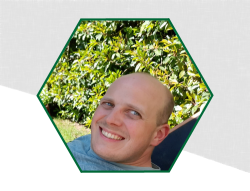Ablation using ultrafast lasers is a commonly used method for creating structures and geometries in various materials, ranging in size from a few micrometers to millimeters. The most widely used system architecture involves the combination of a galvanometer scanner with ultrafast lasers that have pulse durations ranging from a few picoseconds down to a few hundred femtoseconds. In principal, almost any known material can be processed using a laser in this pulse duration regime. However, it is crucial to understand how to machine a specific material to achieve the desired quality, particularly when key parameters, such as the initial surface geometry or material composition, are unknown or may change during the machining process. One way to simplify the process planning and minimize the required knowledge is to use a sensor that can directly measure the surface topography. In recent years, the use of optical coherence tomography for laser ablation has gained significant attention in the field of laser material processing. This technique allows for precise measurement of surface topography and can help with a smart adjustment of the processing parameters to improve quality and to reduced processing time. This paper describes recent advancements in the use of optical coherence tomography to control laser ablation when machining difficult to process parts and materials from additive manufacturing or materials like carbon fiber-reinforced polymer. To achieve this, the OCT was superimposed with the processing laser beam, enabling real-time measurement and closed-loop adjustment of laser and scan parameters with developed software and special hardware.
Keywords
- Closed-Loop Controlled Laser Ablation
- Ultrafast Laser Processing

